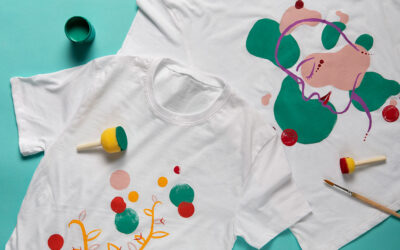Science is the basis of the world we have built. Science is essential for humanity’s progress. It is the power behind our transport systems, it is the genius behind the medications that treat medical conditions, and it gives us insights into the human mind and how it works. While gender equality in the workplace is still under hot debate, statistics reveal that it is largely the female students that fail to pursue their science goals in the long run. Upon further investigation, it appears that most females leave the workplace in order to start a family. While the modern world we live in affords each person the ability to choose what they wish to do, we can encourage children to participate in science.
By exposing children’s curiosity to the wonders of the world, we can grow a greater male/female balance of participation in science roles as adults. Here are 4 ways to spark the inner Einstein in your little one:.
1. Incorporate science in your daily dialogues
Teachers and parents who discuss topics with a science-mindset can awaken the curiosity of the learners. It doesn’t require a full and technical explanation to give a child some context to the way in which science has revolutionised medicine, or why a butterfly emerges from a chrysalis. A brief but factual explanation for the way in which the world works will awaken a natural curiosity.
Encourage further research to keep the desire for exploration and discovery alive.
2. Encourage observation
As adults, fast-paced lives leave us little time to observe our surroundings. Children have the time and the desire to observe the details of the world. Encourage observation by coaching children through the process of growing seedlings. Teach them how to keep a scientific journal of the progress. They can also record their observations of the moon cycles. The act of recording what they have observed each day increases the awareness of the world around them while exercising an important skill, to record what they see.
3. Try STEM
Science, Technology, Engineering and Maths form the basis of STEM, a new way to approach education. STEM focuses on experience-based learning rather than textbook memorising.
Through exciting team efforts, experiments, expos, and hands-on problem-solving endeavours, learners develop a true passion for science while they build their experience in real life.
4. Enlist them as citizen scientists
Is there anything as exciting as being at the forefront of scientific research and data collection? It might sound laborious to an adult, for a child, it’s thrilling. It is also sometimes called “public participation in scientific research”. It means an ordinary citizen can participate in collecting research, making observations, or sharing in an experiment in some way. It may take some digging to find a child-friendly citizen project, but this is a wonderful way to expose young learners to the world of science in real-time while giving them a real sense of ownership in its outcomes.
By The Street Science Team
Street Science is a team of energetic scientists and educators, who inspire kids of all ages to engage in science and foster a love of learning through curriculum based captivating shows and workshops.


